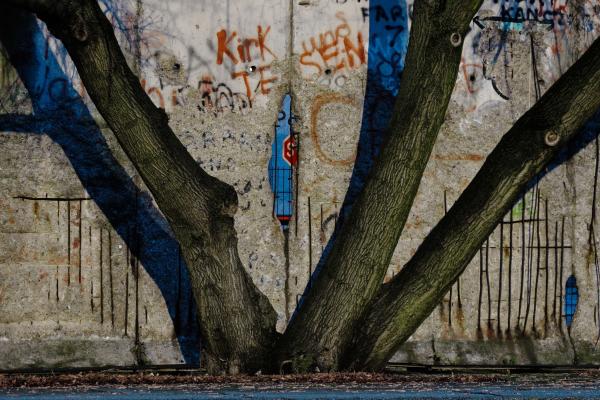Oct 8, 2019
How would our world change if we let trees remind us that there exists a natural landscape that transcends the geopolitical, that their branches and roots will not be stopped by the lines drawn on a map by people with various agendas?
Read the Full Article

Already a subscriber? Login
